May 12
2015 May 12
Jeremy Tatum writes: Sorry there was no posting yesterday. It was not from want of material – I just got a bit behind with other stuff. It may take a couple of days before I’m fully back to schedule, so some of your contributions may be a day or so late in appearing. But, keep ’em coming!
Jeff Gaskin writes: On May 10, on the Mount Tolmie reservoir there were 2 fresh Red Admirals, and 1 West Coast Lady. This was around 4:15 pm.
Jeremy Tatum adds: And at the same time, 4:15 pm, today, May 12, there were five species of nymphalid on the reservoir: Red Admiral, Painted Lady, West Coast Lady, California Tortoiseshell, Mourning Cloak. Not just singles, either, but two or three of several of them. Basking on the reservoir with wings wide open, or chasing each other excitedly in the sky. Well worth a visit after about 4:00 on a sunny day. And it would also be worth looking on other hilltops, such as Mount Douglas, Christmas Hill, and Highrock Park.
Judy Spearing writes: I was working along Feltham Trail today and I decided to check on some young Black Hawthorns that Saanich had planted last year. I found all of the young trees were covered and almost defoliated by a type of geometrid. I brought one home to photograph and have attached a picture to this note.
Jeremy Tatum comments: I thought I wouldn’t have to wait long before someone drew attention to this creature! It is known here as Erannis vancouverensis, although I am not totally convinced that it is anything different from the European Erannis defoliaria, also known as the Mottled Umber. However, I’ll be a good boy and label it vancouverensis. It is by far the most abundant caterpillar here at the moment, eating almost anything, but in particular attacking Garry Oaks. In parts of Uplands Park there are two to three caterpillars on every leaf. It is almost as devastating to the Garry Oaks as the menace caused by the dangerous invasive English Oak that was recently felled at Swan Lake. The adult Erannis moths appear in the winter. The males are quite striking, but the females have no functional wings.
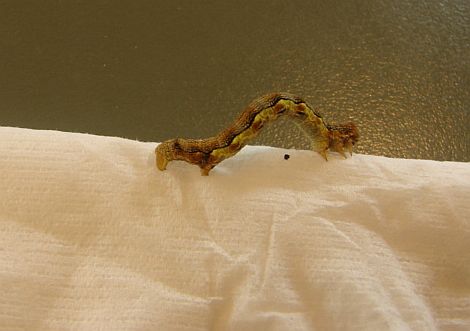
 Erannis vancouverensis (Lep.: Geometridae) Judy Spearing
Erannis vancouverensis (Lep.: Geometridae) Judy Spearing
Scott Gilmore sent us a puzzler with these two photos from Upper Lantzville: They are Egira sp. but which species – Egira simplex or Egira crucialis? The adults of these two species are very similar, although the caterpillars are different, so they are indeed separate species. I have discussed them with Libby Avis and Jeremy Gatten, but I don’t think any of us would bet our life savings on which species it is. I believe, on the preponderance of evidence (civil standard) that the first is probably Egira crucialis, but not beyond reasonable doubt (criminal standard). The second is…? Maybe simplex? Not sure. We evidently need to study these two species more closely.
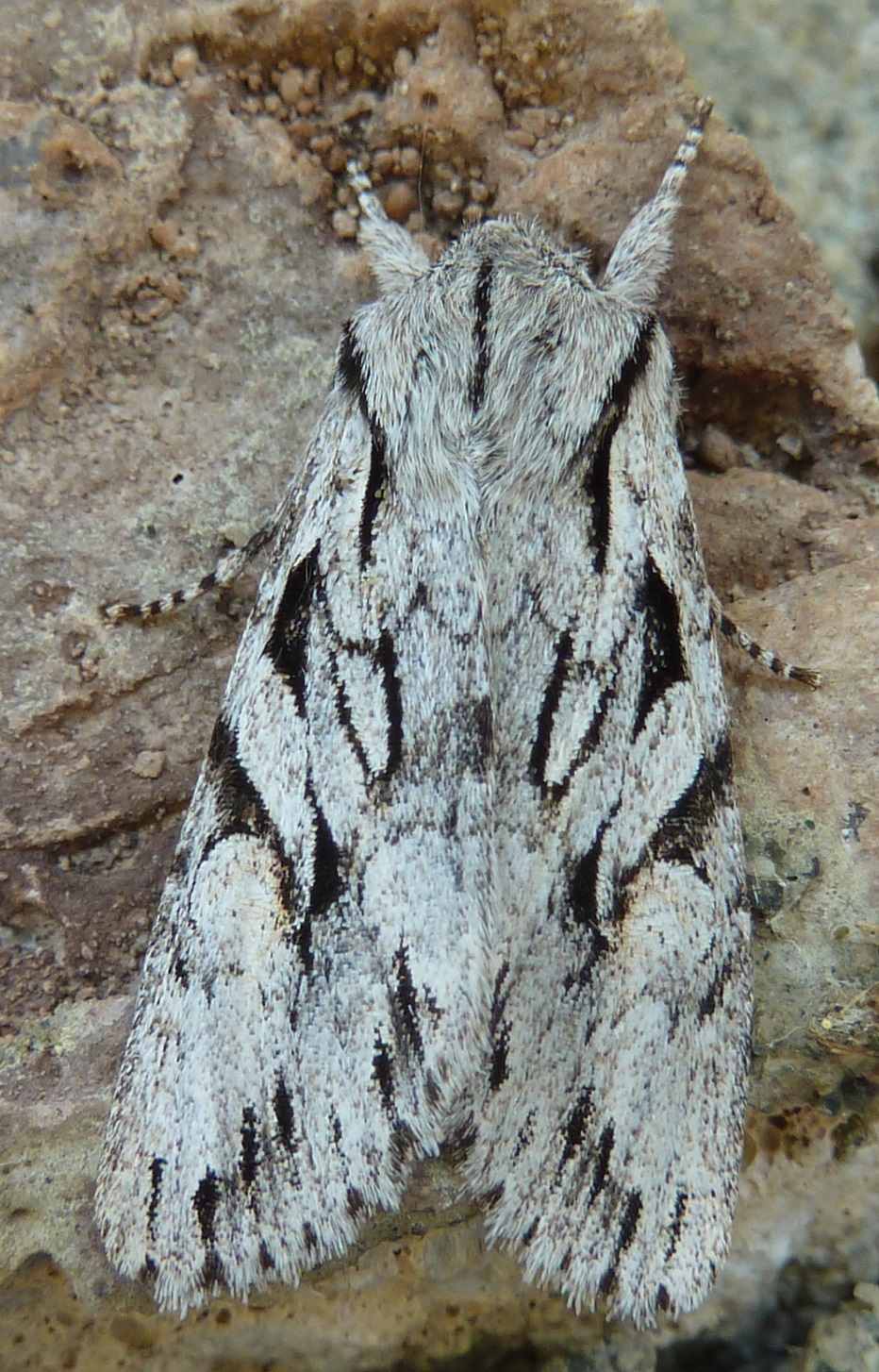
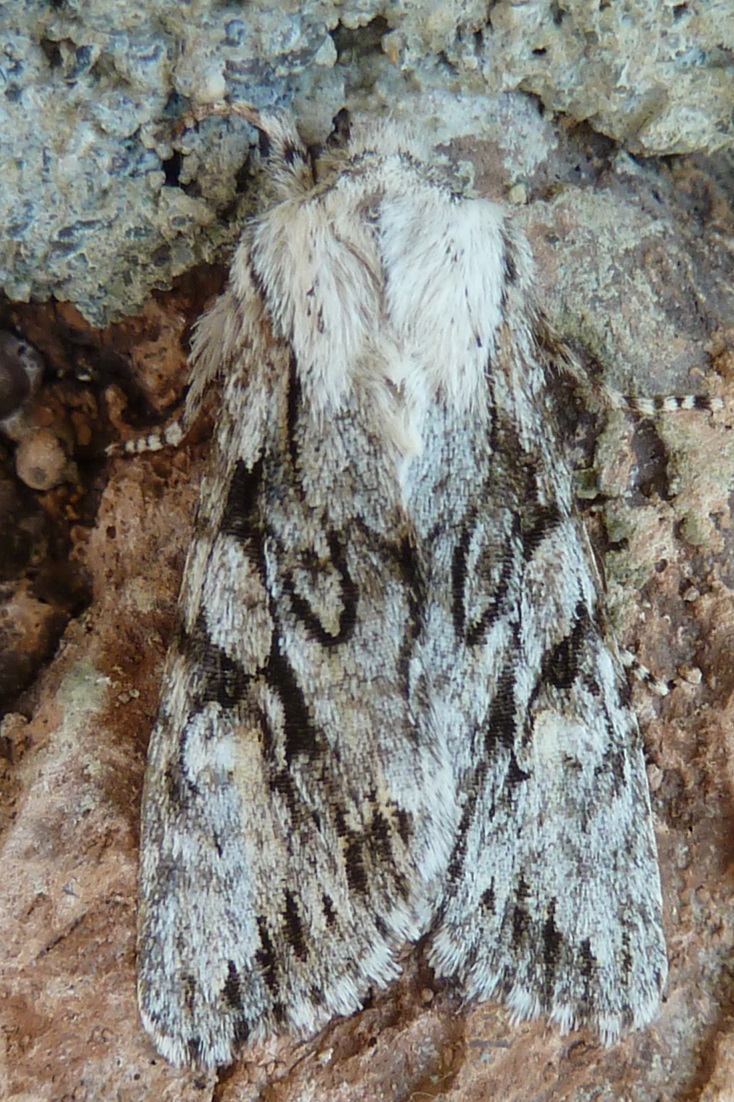
Egira simplex/crucialis (Lep.: Noctuidae) Scott Gilmore
Jeremy Gatten writes: Here’s a batch of recent moths from Saanichton, plus a very good robber fly. I found a few of the uncommon and uniquely-coloured Nicocles rufus and I got some photos yesterday out in Colwood in the gravel pit off Veteran’s Memorial Parkway.
Jeremy Tatum comments: The moth Hypena humuli has a long snout (labial palpi), and is known as The Snout Moth. The caterpillar feeds on Stinging Nettle, but also occasionally on Hops, which has given the moth its alternative name The Hope Vine Moth. Caterpillars of Lithophane species (“pinions”) feed on various plants – but also on other caterpillars!
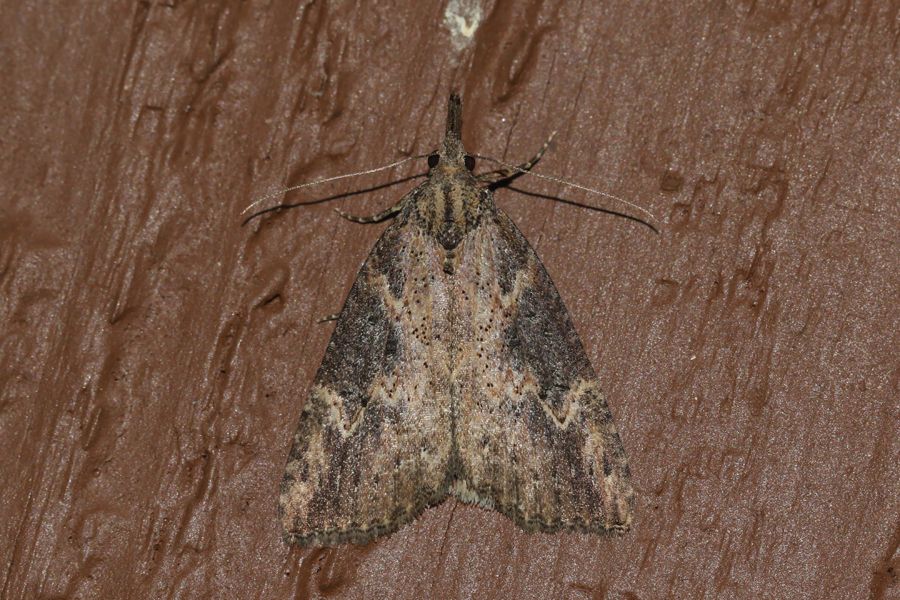
 Hypena humuli (Lep.: Erebidae – Hypeninae) Jeremy Gatten
Hypena humuli (Lep.: Erebidae – Hypeninae) Jeremy Gatten
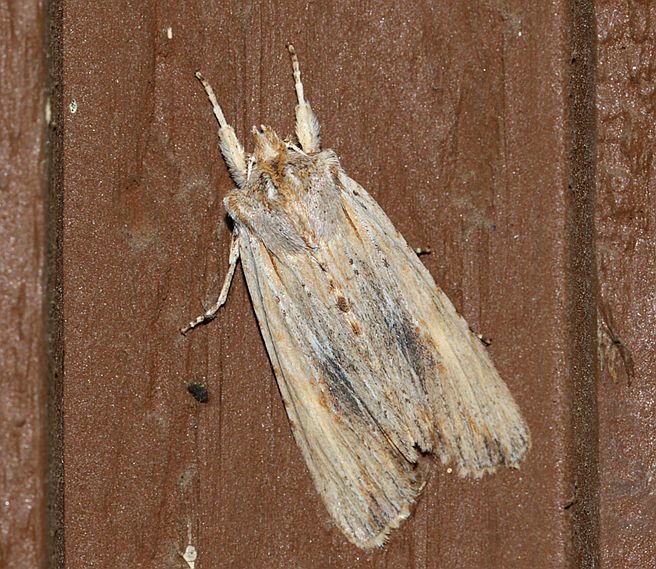
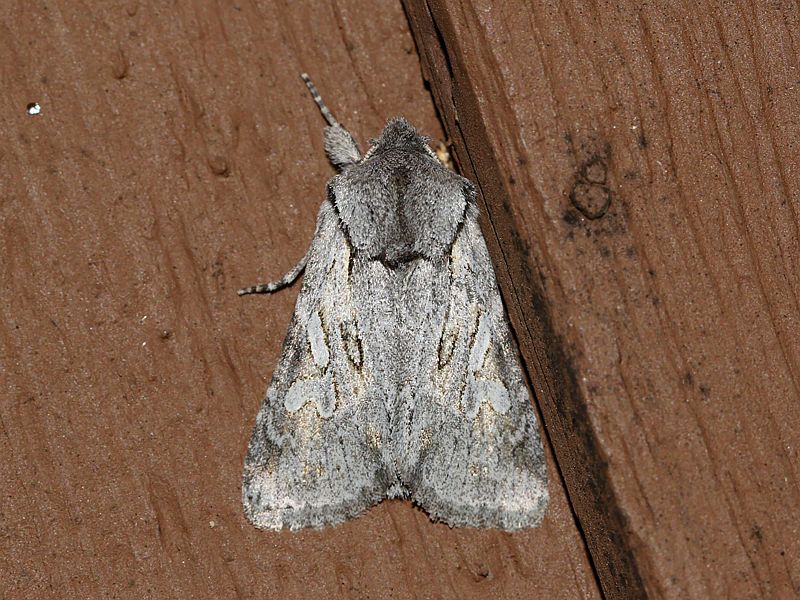
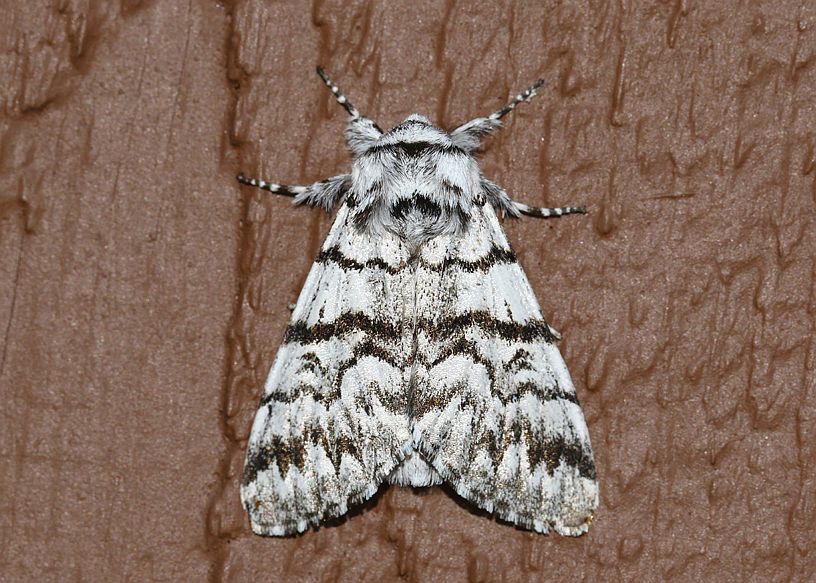
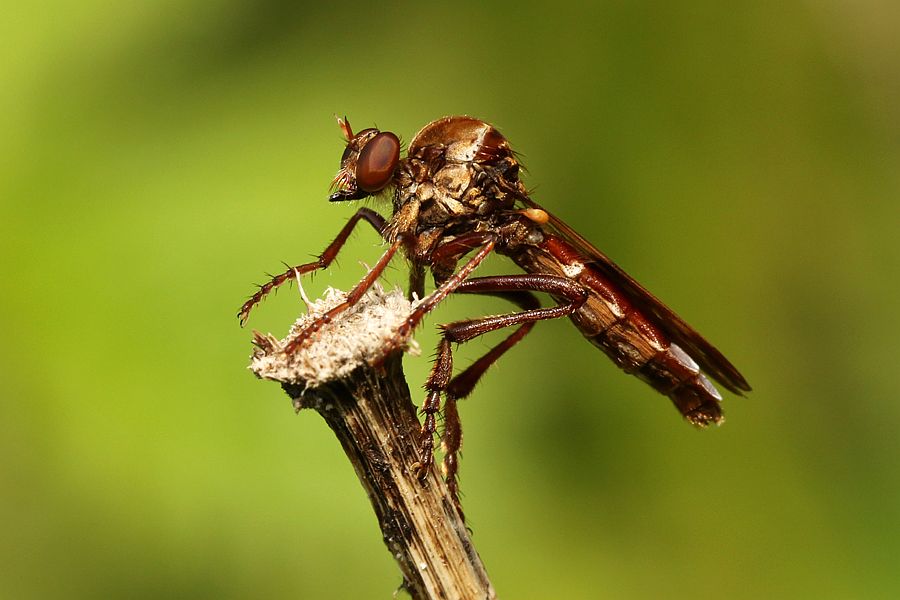
 Robber fly Nicocles rufus (Dip.: Asilidae) Jeremy Gatten
Robber fly Nicocles rufus (Dip.: Asilidae) Jeremy Gatten
Lots more to come, but they will have to wait until tomorrow.
